You went near your RV kitchen sink to turn on the faucet. But sadly, very little to almost no water pressure is coming!
Sounds similar? Then you’re exactly in the right place!
In this guide, we will help you assess what’s causing this water pressure problem in your kitchen sink and tell you how to fix it.
Why Do I Have Low Water Pressure In My RV Sink?
The most likely reason you are getting low pressure in your RV sink is due to a clogged-up faucet aerator. However, there can also be other reasons like clogging or kink in the hose, dirt in the filter, or inappropriately turned valves.
Let’s discuss all the possible reasons you are experiencing low pressure in your RV kitchen sink. Read them and assess the conditions to find out what’s causing the issue in your case:
#1. Clogged Up Faucet Aerator
Low water pressure in your kitchen faucet? The first thing you can do as a part of the problem’s assessment is to check whether it is a centralized issue or just related to your kitchen.
So have a look at your bathroom water flow as well. If it seems normal, you can be confident that your water problem is mainly associated with the kitchen.
Now, check both the hot and cold water faucet flow. Are both abnormal and low? If yes, then the problem is most likely with your kitchen faucet.
Did you notice something attached to the top of your faucet head? It is a faucet aerator. Nowadays, faucet aerators are standard parts of almost all kitchens.
The faucet aerator is attached to the tip of the faucets to provide a splash-free water flow. The aerators mix air and water to create a smooth water stream from the faucet.
Over time with usage, the faucet aerator can get clogged up with dirt and debris. As the aerators get backed up with dirt, it will naturally result in a restricted water flow.
We will be sharing the fix to this issue ahead. But, first, let’s see all other possible reasons as well.
#2. Problem With Water Hose
Did you check both the hot water and cold water flow in your kitchen? Is the low-pressure problem only related to one of them? Then that particular hose is what results in the low-water pressure problem.
Some debris might have clogged up the hot or cold water hose. So you have to clean it to get the normal water flow again.
If the water from your RVs faucet and shower is too hot, here’s a general guide to help you fix the issue. RV Water Too Hot: Potential Causes & Solutions
And not just being clogged up, but at times, the water hose can also be kinked. The water flow can get restricted due to the kink in the hose. So you need to check that.
#3. Dirt And Debris In The Filter
After checking the hose and aerator, still, facing the problem? Okay, so do you have a filtration system for your RV kitchen. Then that can also be the cause. It can also get clogged up with dirt and debris, reducing the water flow.
#4. Valve Is Not Appropriately Turned
Sometimes problems can be simpler than you may assume. For example, there is likely a valve present on the exterior part of your RV. If that valve is incorrectly turned, that can also cause a low water pressure issue.
You can watch this video to learn more about this issue.
How To Fix Low Water Pressure In RV Kitchen Sink?
First, find out the root cause of the problem of low water pressure in the kitchen sink. Once you have identified the cause, you can easily apply the fix based on that cause.
Previously, we shared all the possible reasons. Now we are about to share the fix of all of them one by one.
#1. Clean The Kitchen Faucet Aerator
To clean up and remove debris from the kitchen faucet aerator, first remove that section from the faucet tip.
If you can remove the faucet aerator by twisting your fingers, that’s cool! However, if not, then don’t just use pliers directly to remove the faucet aerator.
If the aerator is made up of plastic, you may crack it. Or if it is made of metal, it is also not a good idea as you may end up deforming the aerator. In addition, a deformed aerator may be hard to reinstall onto the faucet head.
Instead, you can try something like a textured hand towel (or look for something rubbery or silicon material that can give you the required grip). So drape it over the faucet head to get enough friction, and remove the aerator by rotating your finger around.
Choose the pliers only as your last resort. And for that too, use something like a soft plastic material to cover the aerator first before gripping it over using pliers.
After removing the faucet aerator, please turn on the faucet, and wash the aerator a couple of times to remove all the clogged-up debris until it becomes clear.
#2. Removing Debris From The Hose
To remove the debris from the hose, first, you need to know which hose is having the problem: hot or cold water one.
Then after knowing that, you need some things like a small container to collect the water, a cleaning cloth, a wrench to open the nuts and bolts of the hose, and a torch.
So then, you need to go below the kitchen sink, and depending on which hose has the problem, you need to figure it out. Let’s suppose, in your case, the hot water hose is having a problem.
- You first need to turn off the valve to the hot water hose.
- Then, place the small container or bucket under the hose.
- Open the hose with the help of the wrench.
- Then allow all the water from the hose to collect in the container.
- You need to allow the water backflow and let the water pressure come out of the bottom of the hot water hose you opened. So you have to turn on the cold water for this purpose.
- Any dirt or debris should also be removed from the hose by doing all these procedures.
Then, reinstall everything, and your water pressure should be back to normal.
And to fix the kink in the water hose, you need to investigate where the kink has happened. If you find that the hose is very old and worn out, removing it makes more sense. But if you can un-kink that portion to resume the normal water flow, that’s also good!
#3. Clean The Filter Or Replace It
You need to locate the filter in your RV water system. Then try to clean up all the dirt and debris as much as possible. If you feel some parts of it need replacement, you can also do so to enhance the water flow.
#4. Make Sure The Valve Is Set Up Correctly
There can be two positions you can turn your Fresh Water RV valve. If you keep the valve to the ‘tank fill’ option, it will fill the tank.
However, the valve should be arranged to the ‘normal’ position if you need the water pressure. So the valve needs to be adjusted appropriately.
What To Do If You Have No Water In Your RV?
Even after trying all the fixes, you face the problem; your best bet is to call an RV Technician/Plumber or take the RV to the shop.
Suppose you have to wait for the RV tech to come for a few days. Then, what would you do in the meantime, and from where can you manage the water source?
In such a case, you can use portable water tanks. For example, we found this one for you on Amazon. It is a large water storage foldable bag. The biggest benefit is it also comes with a faucet. In addition, it is made from high-density food-grade material.
These water tanks are foldable in nature and lightweight too. So you can easily carry them in your RV. And when not in use, you can fold and roll them back.
These portable water tanks are the perfect alternatives to heavy iron or plastic tanks, which can’t be deformed easily.
You can take this portable water tank to the water source whenever there is a water crisis. Fill it up and come back to your RV.
Depending on its capacity and consumption, it can last accordingly. So this way, you can easily mitigate the water shortage issue for now.
Final Thoughts
In short, the low-pressure water issue can be due to various reasons: Faucet aerator, water hose, filter, or valve.
First, investigate and find out the root cause. Once you do so, then apply the fix accordingly. That’s it! We hope you find this post helpful.
More RV Related Helpful Guides For You:
- Why Leak Occurs Under RV Kitchen Sink And How To Fix It
- How Long Will 20-100 Gallons of Water Last in an RV?
- Water Leaking Under RV Shower Pan? Here’s How To Fix!


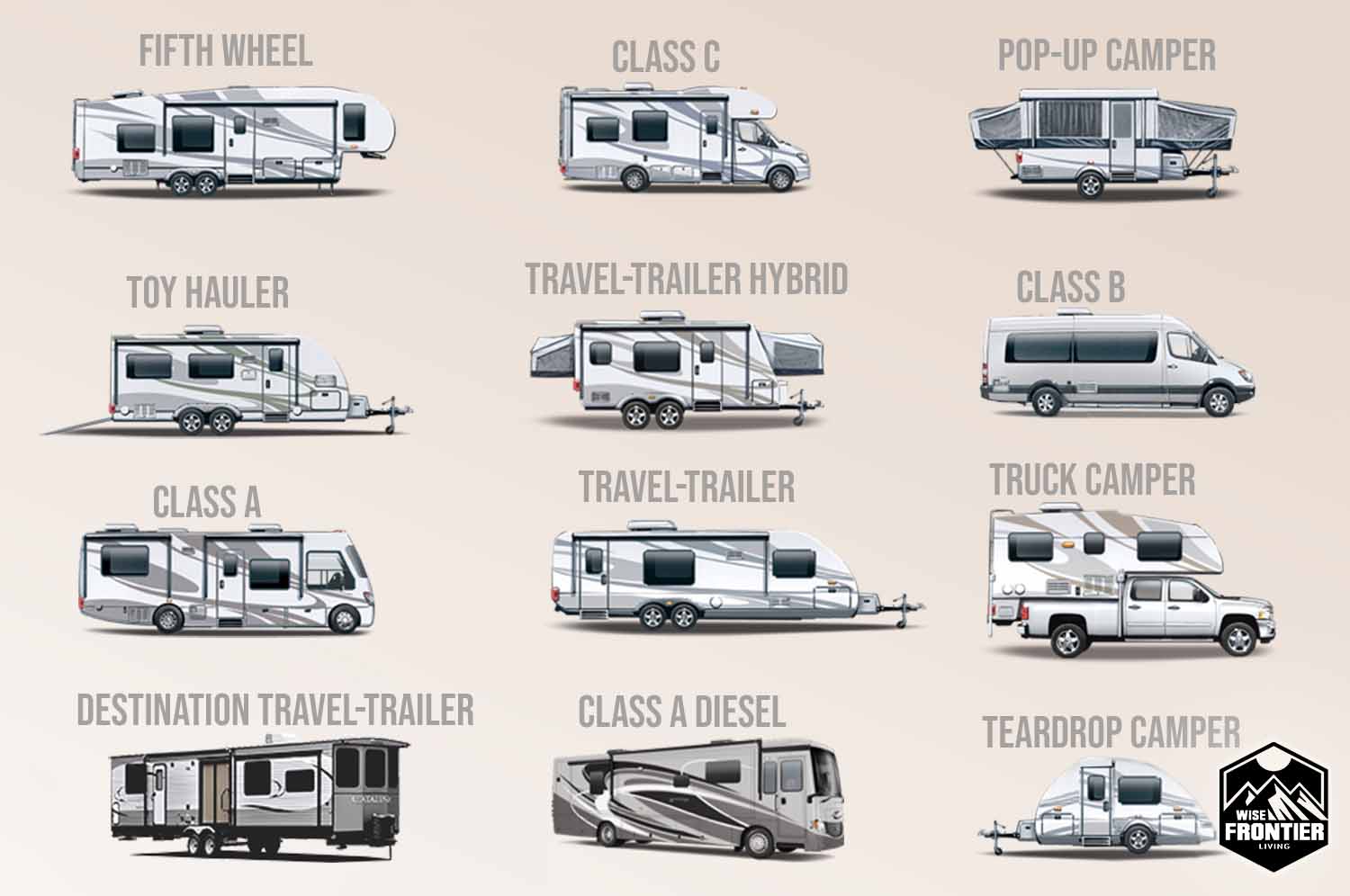
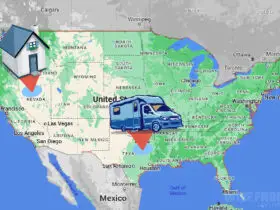
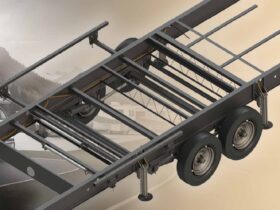


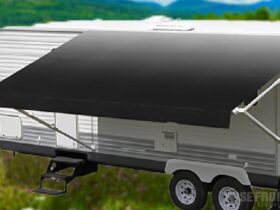
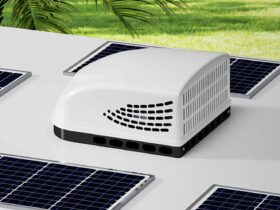
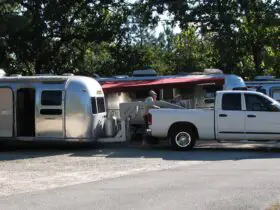
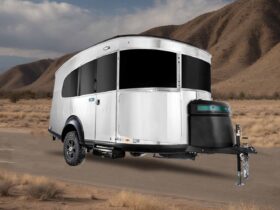
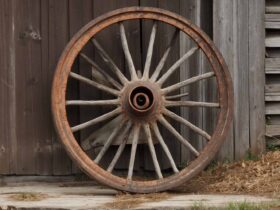
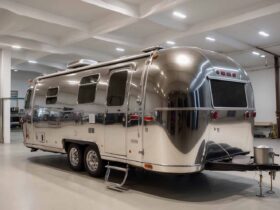
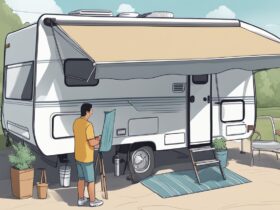
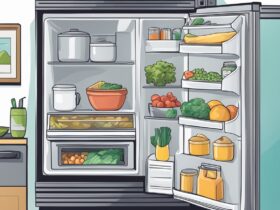
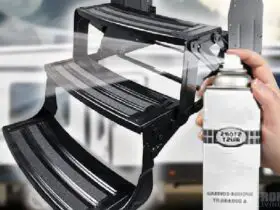
Leave a Reply